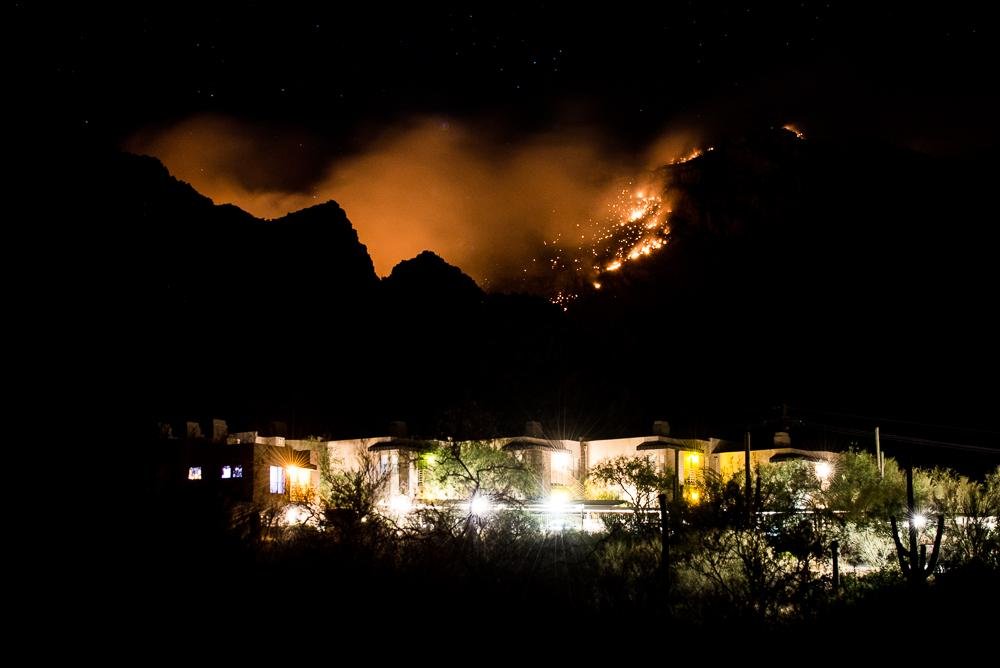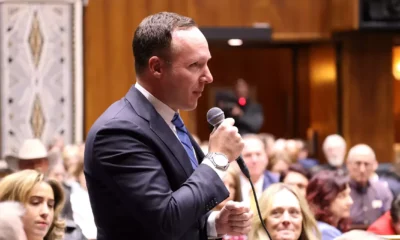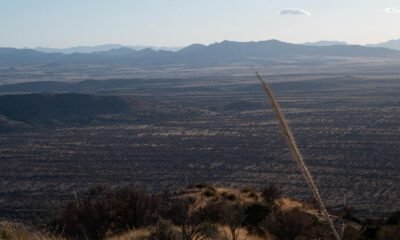Business
Trump’s Funding and Hiring Freezes Ignite Risks of Catastrophic Wildfires in America

As the wildfire season looms, concerns are mounting regarding the readiness of the U.S. wildland firefighting force. Budget freezes and staffing cuts initiated during the administrations of President Donald Trump and entrepreneur Elon Musk have left agencies scrambling to cope as catastrophic conditions threaten various regions.
Officials have indicated that the administration’s directives to slash funding—including Congressional appropriations—have created confusion among agency leaders. Limited training opportunities and stalled hiring processes have compounded existing challenges, leaving some firefighters contemplating their future in a stressed workforce.
Interviews with a dozen federal firefighters reveal a worrying trend. The hiring of seasonal workers has slowed dramatically, funding for partner nonprofit organizations that support fuel-reduction projects has been cut, and some crews aiming to assist with essential prescribed burns in Florida were turned away. “Uncertainty is at an all-time high. Morale is at an all-time low,” said one firefighter, who requested anonymity.
Legal battles are also surfacing; courts have issued temporary restraining orders against aspects of the spending freeze. Nevertheless, the Trump administration maintains that it has legal authority over funding decisions. Some funds may begin to flow again, but the damage to fiscal stability and preparation efforts has already been substantial.
One notorious consequence of the freeze includes the cancellation of a significant prescribed burn project in Florida, slated to cover over 151,000 acres. This fire, which was planned to safeguard both tribal community and ecosystem integrity, was deemed crucial for mitigating wildfires. A federal firefighter expressed concern, stating, “We will be more vulnerable to a catastrophic fire in the future due to the inability to conduct the prescribed burns.” Conflicting explanations from the National Park Service regarding the burn’s cancellation have only added to the confusion.
The U.S. Forest Service, which is responsible for over 10,000 firefighters, is navigating long-standing financial deficits while trying to manage the physical and mental health stresses faced by its personnel. A spokesperson from the Forest Service claimed that a key training program is still on track, though specifics about available funding remain vague.
Leadership within firefighting agencies has been notably chaotic. Ben McLane, a federal crew captain, reported last-minute cancellations of training sessions, complicating ongoing efforts to enforce safety protocols and response strategies. With climate change contributing to longer fire seasons, the lack of decisive leadership could jeopardize public safety.
In the Southeast, preparations for wildfire season occur year-round, facilitated by prescribed burns that help maintain landscape resilience and ecosystem health. However, cancellations hinder these vital processes and risk leaving critical fire-prone areas more vulnerable. Firefighters specializing in prescribed burns expressed alarm over this disruption, pointing out the extensive benefits these controlled fires provide.
Another significant impact of the budget freeze is on nonprofits that assist with wildfire resilience projects. Agencies in states like Montana reported that federal grants, which are critical for local fire preparedness, have been halted, limiting resources available for essential community initiatives.
As federal firefighting forces grapple with these challenges, the broader implications are alarming. A 2023 Government Accountability Office study highlighted low pay and insufficient support for mental health as barriers to retention in the firefighting profession. Increased uncertainty surrounding federal employment could prompt experienced firefighters to seek more stable opportunities elsewhere.
Amidst this turmoil, federal employees from various agencies voiced grim forecasts regarding their ability to handle the approaching wildfire season. “Any pause in a training system like this can have long, snowballing effects,” warned a firefighter involved in training programs.
The cascading consequences of funding freezes and staffing cutbacks are likely to resonate well beyond this year, leaving fire-prone communities at increased risk. With wildfires growing in scale and severity, the need for effective and well-prepared firefighting resources becomes ever more crucial.
The situation represents a critical juncture for federal firefighting efforts amid a chaotic political and administrative landscape. As the wildfire season approaches, the longer-term ramifications of budgetary decisions will unfold in real time.


















